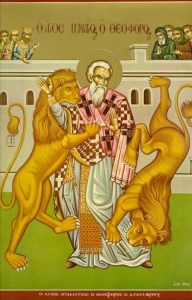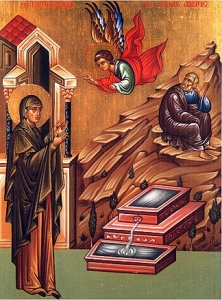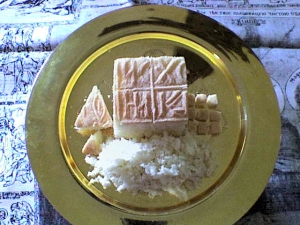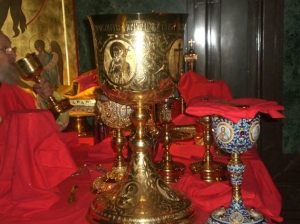Question: What is an apostolic father? Today, this is a fitting question. It is the feast day of St. Ignatius of Antioch, the God-bearer. St Ignatius was the second bishop of Antioch after St. Peter. Back to the original question, Ignatius is an apostolic father; because he was a disciple of an apostle of Christ. In St. Ignatius’ case, he was a disciple of St John the Evangelist, the beloved disciple of Christ. His writings allow us to see the development of theology in the first part of the second century. Ignatius was sentenced to death in the arena at Rome about 108 AD. On his way to his death from Antioch, Ignatius wrote several letters to various Churches along the route. These epistles give a serious glimpse into the early theology of the nascent Christian Church. Some of the most interesting topics which Ignatius discussed were the three distinct pastoral offices: bishop, presbyter and deacon, the concept of divine economy (God’s plan of salvation), the idea of Christ as the God/Man, the theology of the Episcopos (Bishop) and the role of Rome in the early Christian community.
Ignatius is known as the “God-bearer” which features his theological concept of being in Christ. This is the idea that centres us on Bethlehem. Each of us are called to welcome Christ to be born in our hearts as He was in the manger. Ignatius prays for the Church:
I pray that there may be a union based on the flesh and
the spirit of Jesus Christ, who is everlasting life, a union
of faith and love, to which nothing is to be preferred, but
especially a union with Jesus and the Father.
(Epistle to the Magnesians)
Here we see Christians are united to Christ. They allow Christ to be born into their hearts and their community through the Eucharist, in communion with their Bishop. All Christians are called to be Christ-bearers as was St. Ignatius. This is our calling. This is the destination of our journey to Bethlehem.
]]>










